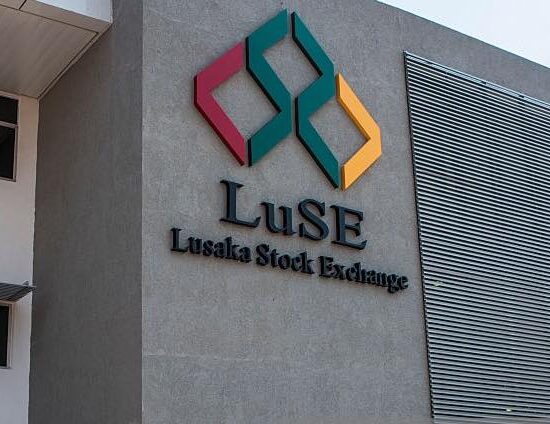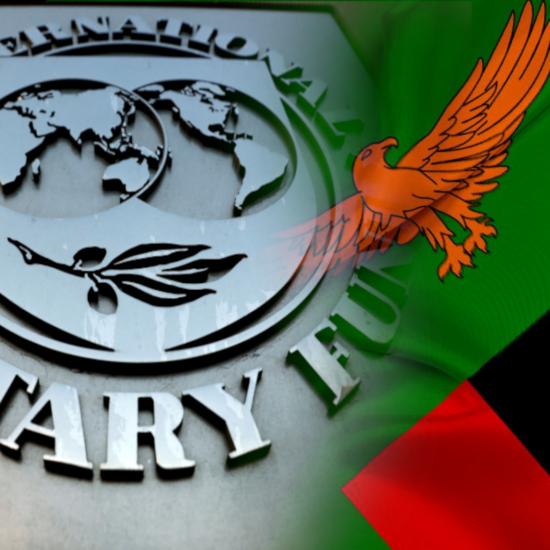
The Zambia Statistics Agency – Zamstats has disclosed that the rebasing of Zambia’s Gross Domestic Product – GDP is still on the table as the Agency and other stakeholders are currently working on sourcing more funds to enable the agency undertake an integrated GDP rebasing approach.
The country is currently grappling with what some experts have described as adverse debt and debt service ratios due to among others, the long period of time taken to rebase or recompute the country GDP numbers. Zambia’s last GDP rebasing was done when now current largest copper miner – First Quantum Minerals was in its development stage, which is now the largest copper producer.
Zambias debt is where it is now, and solutions are needed to re-profile and find a path to debt sustainability. Even as the ministry of Finance has employed Lazard Freres as liability & Liquidity management advisors, periodic rebasing the GDP is a low hanging fruit that can be immediately be executed.
If for instance the GDP is rebased upwards, some of the adverse ratios that the Ministry of Finance and Zambia is grappling with such as Debt to GDP ratios, Debt servicing to GDP ratios and even the performance of revenue collection such as tax collection as a percentage of GDP would be enhanced.
As announced in the 2019 budget speech, government planned to commence the exercise of rebasing GDP in 2019 and complete the exercise by 2020, but Finance Minister Dr. Bwalya Nga’ndu said during an oral answer session in parliament on August 1, 2019 that the process of rebasing the country’s GDP was going to be postponed due to lack of resources.
And Zamstats Assistant Director Economics and Financial Statistics Joseph Tembo has said that the team is still waiting on donors who pledged to assist with the execution of the process saying currently, no much development has been recorded as Covid-19 pandemic has also contributed to the slowing down of the process.
Zamstats told the Zambian Business Times – ZBT in an exclusive interview last year’s that the agency had estimated the budget for GDP rebasing at US$2 to US$5 million, however the cost is likely to reduce depending on the resources available and the number of donors to come on board.
“We are currently in the process of engaging donors through the new normal as Covid –19 has disturbed a lot of things, so we need to revisit our plans and begin to engage stakeholder’s on the way forward because as things stand right now, we do not even know when these donors will make their donations because we have not engaged them hence we’ve opted to resume discussions in the new normal,” He said.
Meanwhile, he disclosed that African Development Bank is one of the donors that have shown interest in funding part of the phases of the project but that discussions have not matured hence still engaging with other parties. Tembo added that Zamstats in collaboration with Ministry of Planning and Development may consider using the Census to get the required information to rebase the GDP.
He however stated that it should be noted that things may not be possible considering that census is conducted on households while GDP rebasing deals with enterprises.
The rebasing of GDP is ideally supposed to be done every after 5 years in a bid to account for changes that have occurred in an economy over time. The rebasing provides government with information on the size and the composition of the economy, however Zambia last rebased its GDP in 2010 and the results clearly revealed that it was understated by 25%.
Experts have estimated that from 2010 to current year 2020, the Zambian economy has comparatively expanded and the GDP should definitely have followed the same trend. Regular GDP rebasing has gained prominence with some advanced economies rebasing their economies even annually, it is an important exercise that should not wait for donor funding.
The country GDP number used in coming up with key performance, debt and various other country ratios that are used by multilateral lenders and development finance organizations.







